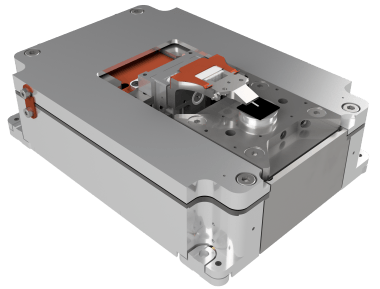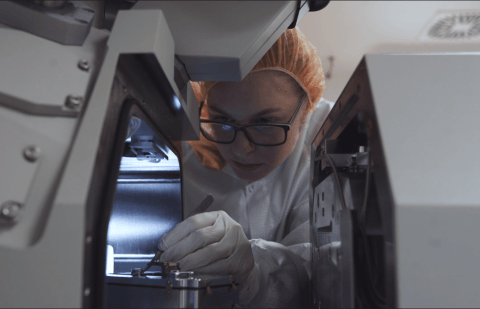Nenovision LiteScope™
Atomic force microscope designed for easy integration into scanning electron microscopes. Combining complementary AFM and SEM techniques allows you to take advantage of both commonly used microscopy techniques.


Complex but time-efficient analysis and characterization of nanoscale structures is only possible through advanced correlative imaging and automation across multiple instruments. The AFM-in-SEM approach merges Atomic Force Microscopy and Scanning Electron Microscopy into a single tool that combines the capabilities of both techniques.
In addition, NenoVision's next-generation correlative imaging of AFM and SEM data sets the product apart from the competition, making NenoVision's unique atomic force microscope, LiteScope™, the most advanced AFM in SEM on the market.
Get the best of both techniques at the same time
Scanning electron microscopy and atomic force microscopy are the two most widely used and, in fact, complementary, techniques for the analysis of samples in the (sub)nanometer range. The integration of AFM into SEM combines the strengths of both techniques, resulting in an extremely time-efficient workflow and enabling complex sample analysis that was difficult or easily impossible with conventional AFM and SEM instrumentation separately:
- Fast and accurate : AFM navigation to the region of interest by SEM Two in one : complex sample characterization and advanced data correlation In situ conditions : crucial for sensitive samples and novel analyzes
Atomic force microscopy with scanning electron microscopy

LiteScope incorporates a unique imaging technique called Correlative Probe and Electron Microscopy, in short CPEM, which enables the simultaneous acquisition of AFM and SEM data. LiteScope and CPEM technology enable sample analysis in a way that was difficult or impossible with the two imaging technologies alone.
Together they provide new possibilities for advanced correlative imaging in a variety of scientific and industrial fields, such as material sciences, nanostructures, semiconductor or solar cell industry, life sciences and many more, defining their own category of correlative microscopy.








